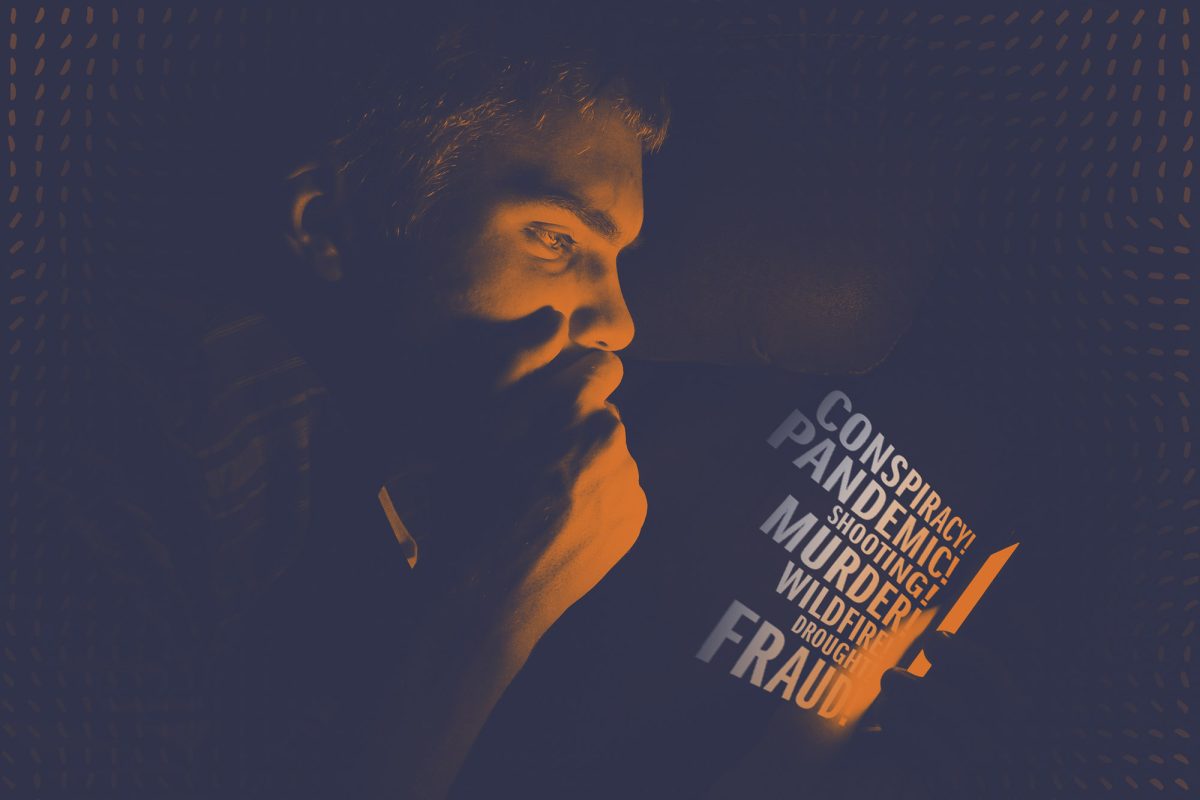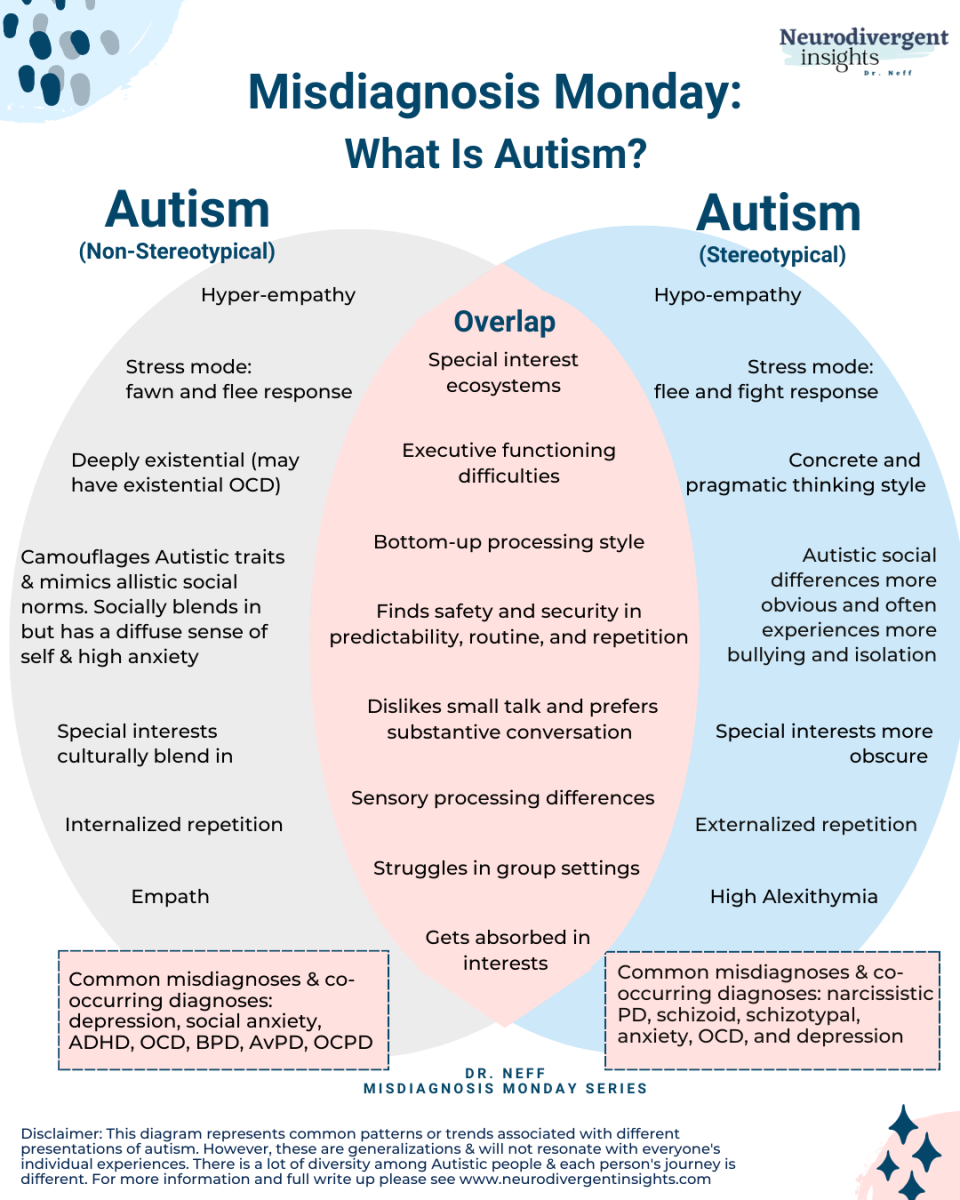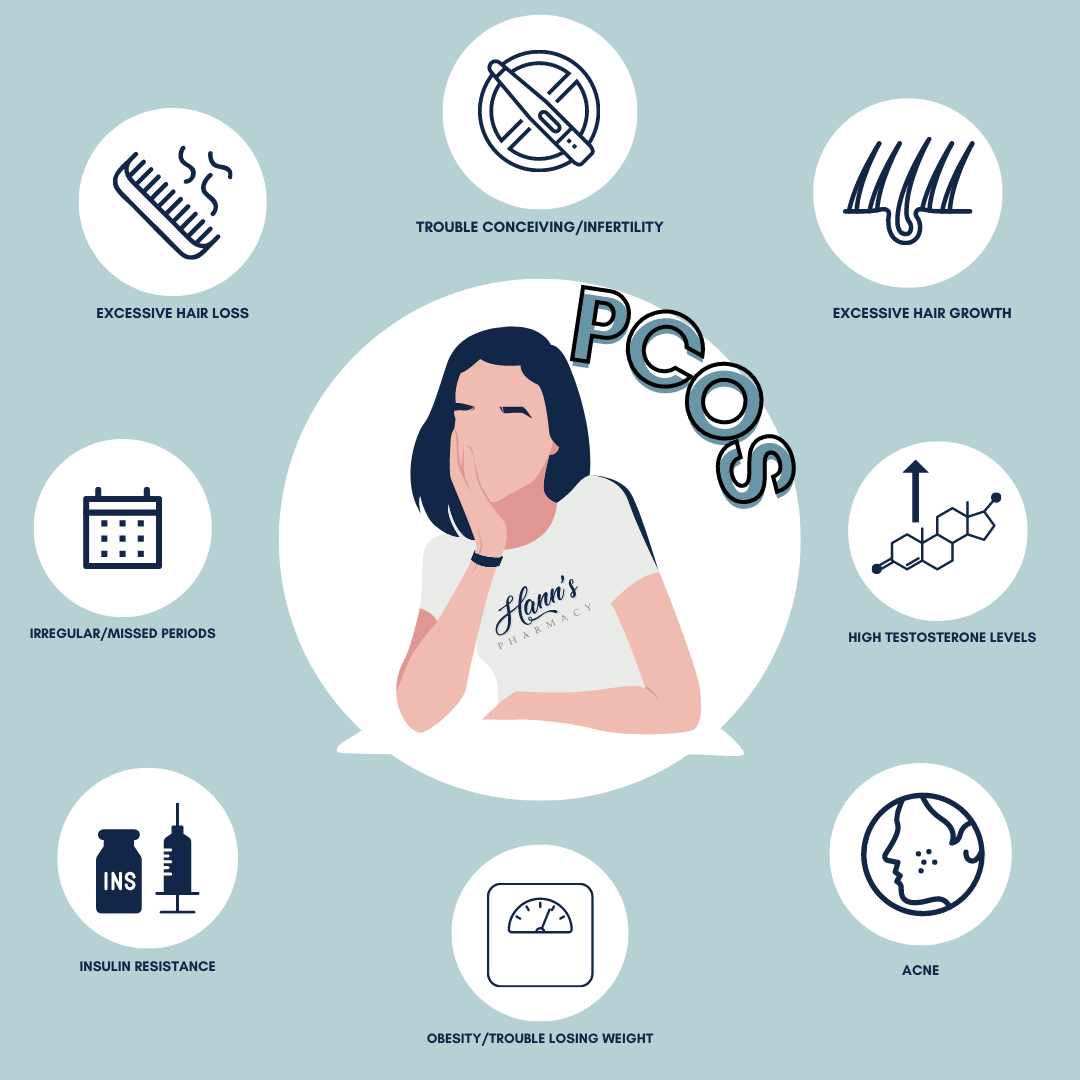The phenomenon of doomscrolling, or scrolling endlessly online and absorbing particularly negative news and content, took the modern world by storm. Many struggle with mental health issues and keeping healthy habits after getting sucked into their phone for hours, mindlessly scrolling through content.
“Doomscrolling has become a cause of concern for mental health which became widespread after the start of the COVID-19 pandemic,” a study from the National Library of Medicine said. “Doomscrolling has significant negative relationships with conscientiousness, extraversion and agreeableness.”
With technology becoming more and more mobile, people can spend any hour of the day perusing social media posts and asking questions online. News from the other side of the world travels in a matter of seconds, and with the newly gained knowledge, people find more and more to worry about. “Innocence is bliss” takes on a whole new meaning with our vast access to news we never would have known otherwise.
“Due to the unknown nature of the pandemic, individuals tried to reach every [piece of] information and news available about COVID-19 via the internet and social media,” the study said. “The urge to get all the facts to protect ourselves from danger and to have a feeling of control over it has kept us engaged with scrolling our phones [for] long hours for more information.”
The COVID-19 pandemic was the first time “doomscrolling” was coined to describe the mass amounts of people going down internet rabbit holes to try and find answers over their concerns about the outbreak. People grew used to being able to look things up online whenever they were curious or worried about something. However, instead of relieving their worries, this research often deepens them and leads to several psychological problems.
“Doomscrolling appears as a vicious cycle in which users find themselves seeking negative information no matter how bad the news is,” the study said. “Moreover, since the online platforms are well aware of what captivates us most, they serve us with the content that will get our attention.”
The results of doomscrolling are elevated feelings of depression, anxiety and hopelessness. Many struggle to pull themselves away from their phones and stay stuck in a downward spiral that they have a hard time getting out of. These elevated negative emotions aren’t the only effects that this digital hole has. A study published in the National Library of Medicine reveals that doomscrolling also leaves people irritable, unfocused and procrastinating their other daily tasks.
“It was getting dire,” reporter Brian X. Chen said in an interview with The New York Times. “One day, I stayed in bed reading the news, feeling angry and hopeless. In the afternoon, one of my dogs pulled the covers off me. That’s when I thought that I had a problem.”
Chen struggled with doomscrolling until he realized what he was doing and worked to put a stop to it. His interview encourages others to monitor their intake of social media, specifically news, and take back their own schedules and happiness.
“Set limits on how long you read news sites or use social media like Facebook or Twitter, where people tend to post lots of news,” Chen said. “Set an actual timer; it can snap us out of what we’re doing.”
Those who find themselves doomscrolling should take measures to reduce their screen time and work towards self-improvement and positive habits. It’s easy to fall into a spiral of negative consumption, but with conscious efforts and persistence, anyone can evade the clutches of doomscrolling.
“We’re each suffering in our own way, but we can all feel empathy for each other,” Chen said. “Doomscrolling isn’t the most dire problem, but it’s another thing that takes a toll on our health, and we should take it seriously.”









